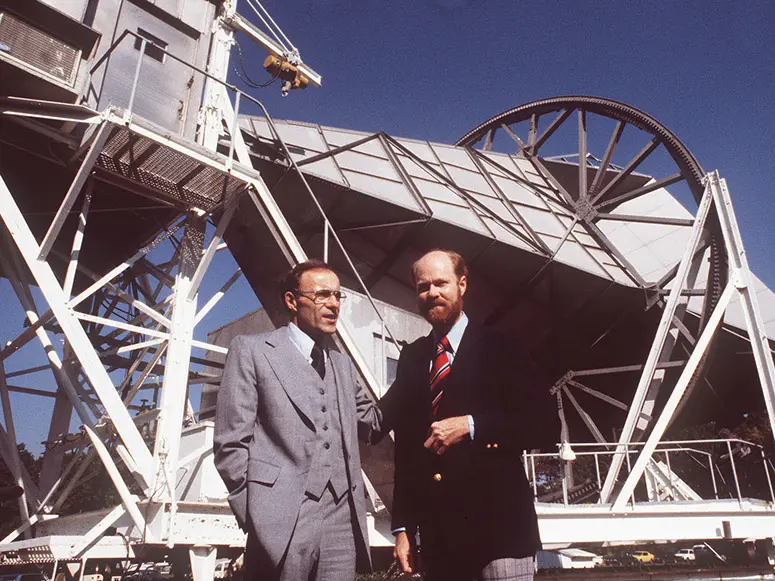A Close-Up of the Cosmic Microwave Background (CMB)
The radiation, known as the Cosmic Microwave Background, serves as the oldest electromagnetic diary entry from the universe. Discovered in 1965, the CMB offers an unparalleled look back in time, revealing clues about the universe's early conditions and large-scale structure.

In an epoch barely conceivable to the human mind, just one second after the cataclysmic expansion that gave birth to the universe. Temperatures soared to an astronomical ten billion degrees Kelvin, with densities reaching up to a staggering one hundred thousand grams per cubic centimeter. This early universe was a boiling cauldron of photons, neutrinos, positrons, electrons, protons, and neutrons. Although these rudimentary elements are familiar to us today, back then, they existed in a chaotic, roiling state. It was a time when matter and radiation were inseparably intertwined, each influencing the other in a dynamical ballet governed by the fundamental laws of physics.
As the universe continued to expand, a consequential cooling took place. Given that the electromagnetic radiation generated by photons is contingent upon the temperature, it too underwent a decline. Then, at approximately 300,000 years into its lifetime—a nanosecond in cosmic terms—the universe underwent a transformation, so critical yet so subtle, that it changed the course of cosmic history forever.




